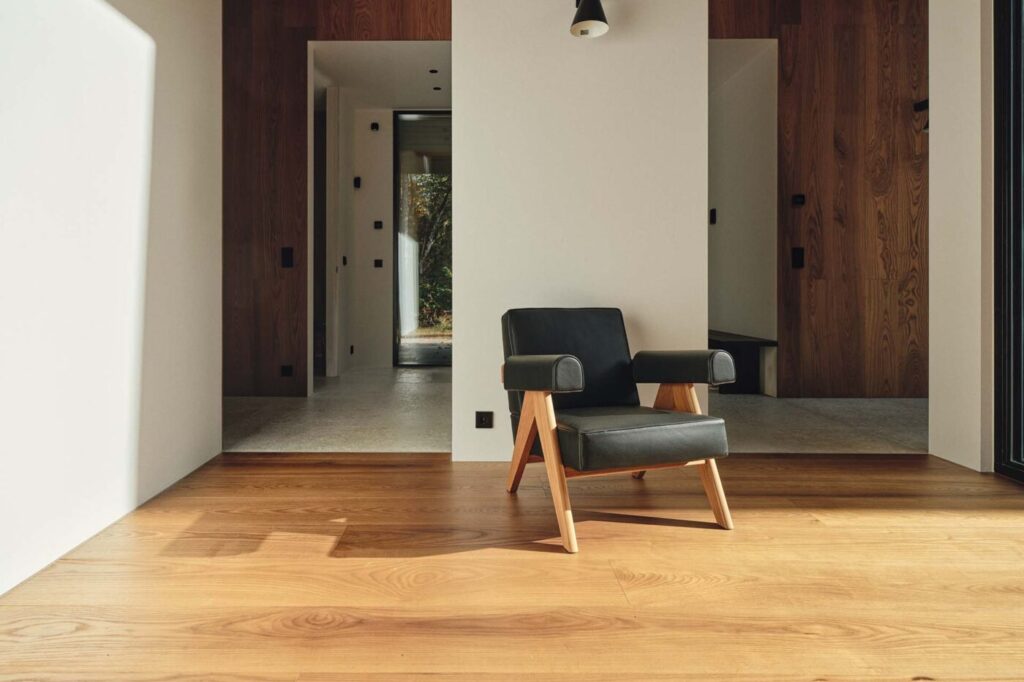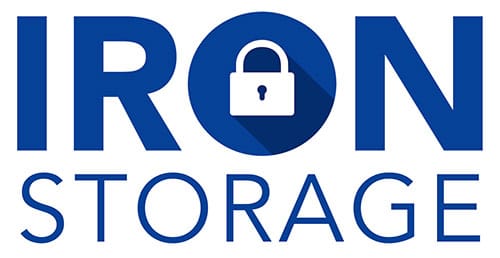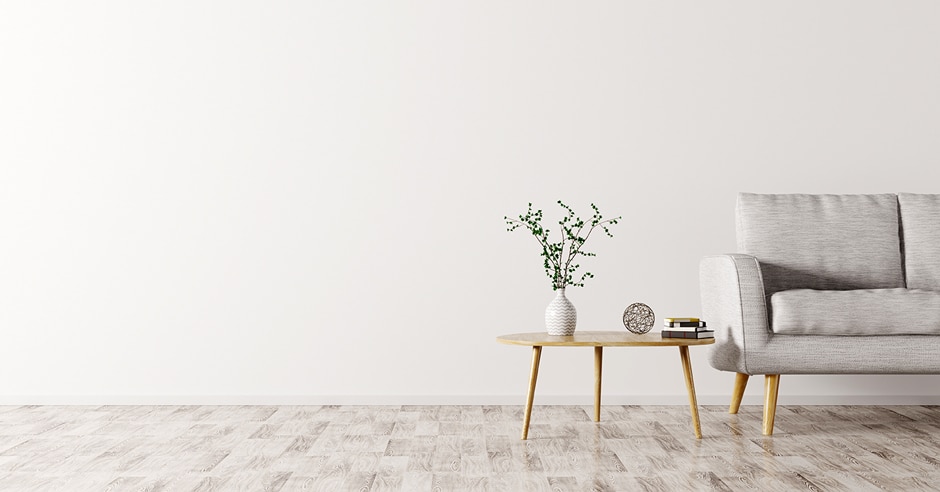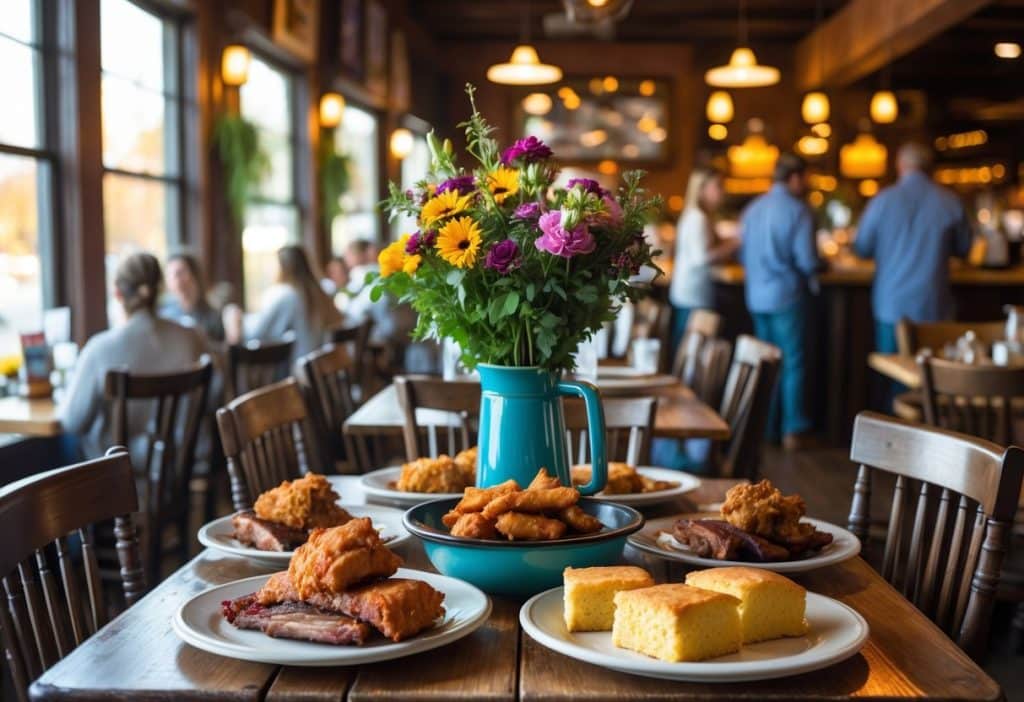Living a minimalist lifestyle involves simplifying your life by decluttering your physical and mental space, making intentional choices, and focusing on what truly matters. By embracing minimalism, individuals can experience greater freedom, reduced stress, and increased fulfillment. The following text will explore the key principles of leading a minimalist lifestyle and provide practical tips for incorporating minimalism into daily living.
Understanding Minimalism
At its core, minimalism is about prioritizing the things and experiences that bring genuine value and joy while eliminating excess and distractions. It encourages individuals to break free from the consumerist mindset, letting go of the belief that material possessions equate to happiness. Instead, minimalism emphasizes quality over quantity, mindfulness over mindlessness, and living deliberately rather than on autopilot.

Decluttering and Simplifying
One of the fundamental steps in embracing minimalism is decluttering your living space. This involves assessing and reducing the number of material possessions you own, keeping only what is essential and brings joy. Start by going through each room and identifying items that serve no practical purpose or hold no sentimental value. Consider donating, selling, or recycling these items, and commit to a more intentional approach to accumulating new possessions. The process of decluttering not only reduces physical clutter but also promotes mental clarity and peace.
For individuals seeking to maintain a minimalist lifestyle while still holding onto items with sentimental value or occasional use, utilizing a storage unit can be a practical solution. By storing belongings that are not needed on a daily basis, such as seasonal items, heirlooms, or hobby-related equipment, in a storage unit, individuals can declutter their living space without having to part ways with cherished possessions. This approach allows individuals to create a more streamlined and organized home environment while retaining access to items that hold personal significance. However, it is crucial to approach storage unit usage thoughtfully, periodically reassessing stored items to ensure they continue to align with your values and lifestyle. By being intentional about what goes into storage and regularly evaluating the necessity of these items, individuals can strike a balance between minimalism and preserving meaningful possessions.
Mindful Consumption
Practicing minimalism also means being mindful about consumption. Rather than mindlessly buying things based on impulse or societal pressure, minimalists make deliberate and thoughtful purchasing decisions. Before making a new purchase, consider whether the item aligns with your values and truly serves a meaningful purpose in your life. Additionally, opt for high-quality items that are durable and have a timeless appeal, as opposed to falling for fleeting trends and disposable goods.
Quality Over Quantity
Minimalism urges individuals to prioritize quality over quantity in all aspects of life. This applies not only to material possessions but also to experiences, relationships, and commitments. By focusing on fewer but more meaningful relationships, activities, and pursuits, individuals can dedicate their time and energy to what truly enriches their lives. Rather than spreading oneself too thin, a minimalist lifestyle encourages wholehearted engagement in chosen endeavors.
Embracing Simplicity
Living minimally involves simplifying routines and commitments to minimize unnecessary stress and chaos. Evaluate your daily habits and identify areas where simplification is possible. This could mean establishing a daily meditation practice to cultivate calmness, creating a structured meal plan to reduce decision fatigue, or streamlining your wardrobe to eliminate decision-making around clothing. These simple changes can lead to a more peaceful and purposeful existence.
Digital Minimalism
In the age of technology, digital clutter can be just as overwhelming as physical clutter. Embracing digital minimalism involves decluttering electronic devices, organizing digital files, and setting boundaries for technology use. Consider unsubscribing from unnecessary email lists, organizing files into categorized folders, and establishing designated screen-free times to promote a healthier relationship with technology.
Evaluating Commitments
Minimalism extends beyond material possessions and seeps into how individuals allocate their time and energy. Assess your current commitments, activities, and obligations, and consider which ones truly align with your values and goals. Learn to say no to commitments that no longer serve you or bring fulfillment, and focus on actively engaging in activities and relationships that enrich your life.
Environmental Consciousness
By leading a minimalist lifestyle, individuals have the opportunity to reduce their environmental footprint. A focus on mindful consumption and recycling, reusing, or repurposing items whenever possible aligns with eco-friendly living. Embracing minimalism can lead to less waste and a smaller overall impact on the environment, contributing to a more sustainable way of life.
Cultivating Gratitude
A key aspect of minimalism is cultivating gratitude for what we have rather than constantly striving for more. By appreciating the simple pleasures in life and being thankful for the essentials, individuals can find contentment and fulfillment in the present moment. Gratitude practice, such as keeping a gratitude journal or regularly expressing appreciation, can reinforce this mindset of abundance and satisfaction.
Practicing Non-attachment
Minimalism also encourages individuals to embrace non-attachment to material possessions and external circumstances. By recognizing that true happiness does not rely on material wealth or status, minimalists can detach themselves from the pressure to constantly acquire and accumulate. This shift in perspective promotes inner peace and resilience, allowing individuals to find joy independent of external factors.
Balancing Minimalism with Individuality
It’s important to note that minimalism is not a one-size-fits-all approach. While the principles of minimalism are grounding, each individual’s journey towards minimalism will be unique. It’s essential to balance the pursuit of minimalism with personal preferences and authentic self-expression. Embrace the aspects of minimalism that resonate with you while leaving room for your personal style, hobbies, and interests.
In conclusion, leading a minimalist lifestyle is a transformative journey that involves introspection, intentional choices, and a shift in mindset. By decluttering, simplifying, and prioritizing what truly matters, individuals can experience a profound sense of freedom and fulfillment. Embracing minimalism goes beyond reducing physical possessions; it encompasses a mindful and deliberate approach to living a purposeful, balanced, and meaningful life.
Author
-
Arthur Waldmann is the Marketing Director at Iron Storage and a thorough researcher of the self storage industry. Feel free to send any questions his way.
View all posts








